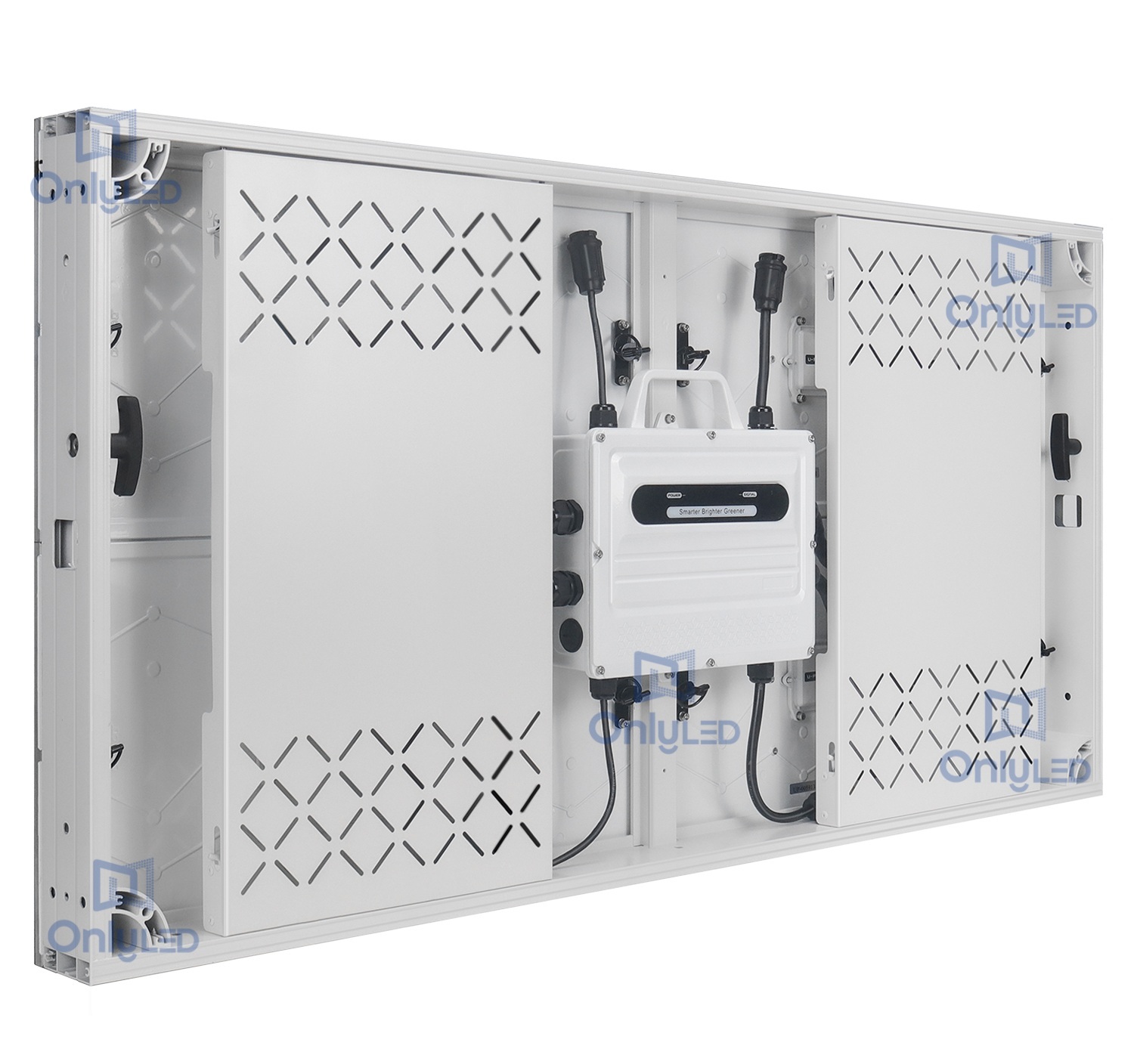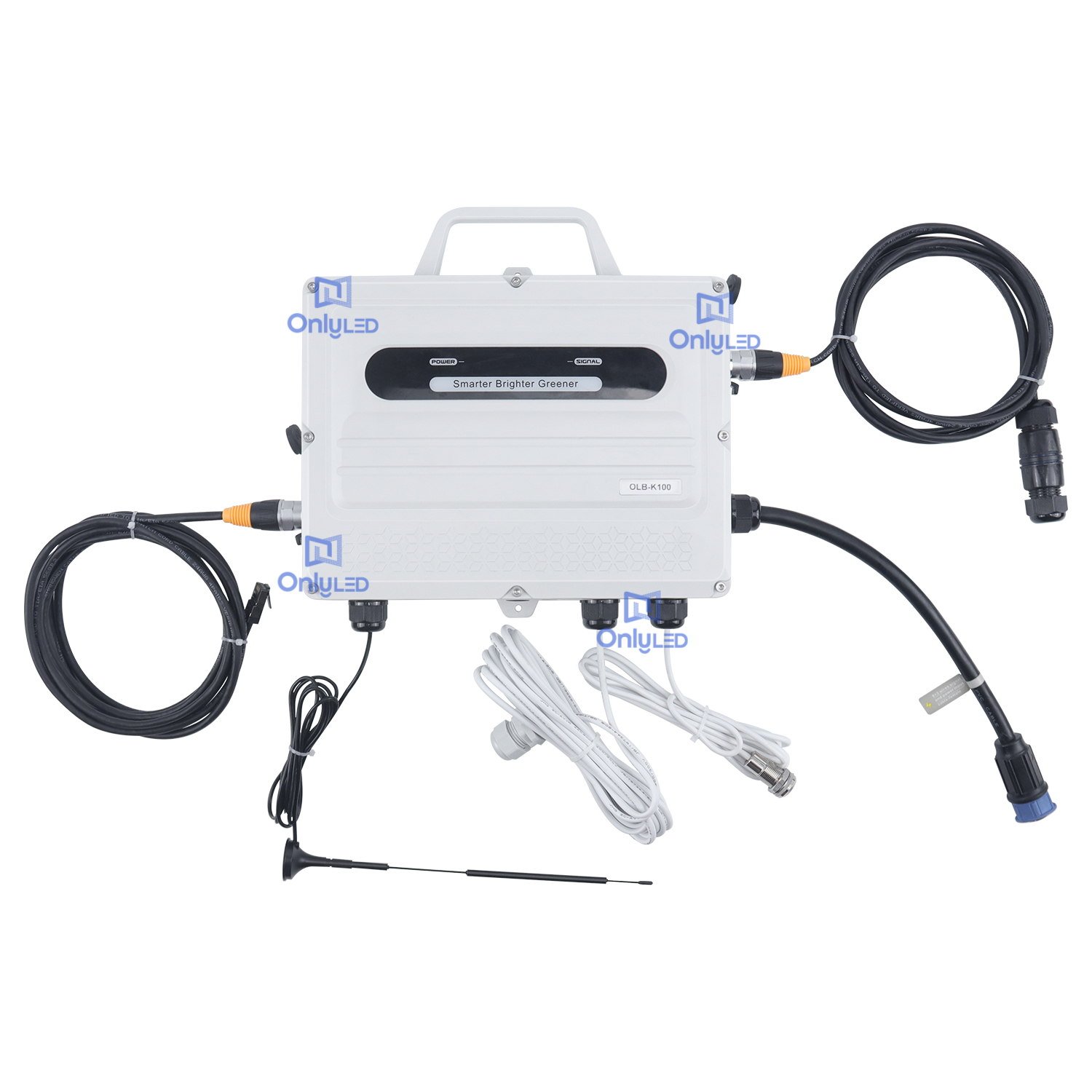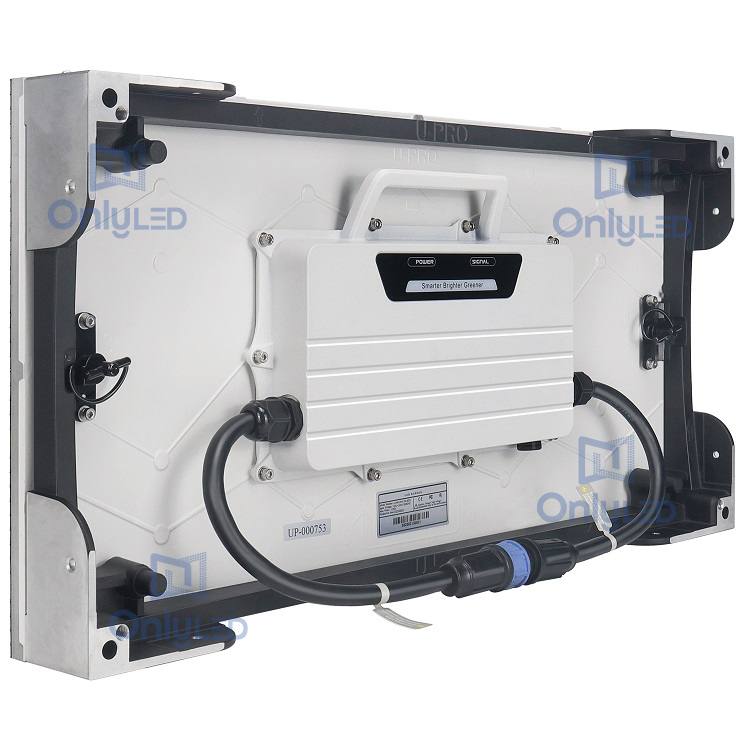Industry News
Understanding the Significance of Choosing between an All-in-One Screen and an Ordinary Computer Monitor

When it comes to selecting a display for your computer setup, it is crucial to consider the key differences between an all-in-one screen and an ordinary computer monitor. While both options serve the purpose of displaying visual content, they differ in terms of functionality, design, and convenience. This article delves into their distinctions, providing you with a comprehensive understanding of their features and benefits.
Functionality: All-in-One Screen as a Feature-Rich Solution
An all-in-one screen is a multifunctional device that integrates a computer system into the display itself. It combines the functionalities of a monitor, tower, and speakers in one unit. This means that with an all-in-one screen, you do not need to connect any external components or deal with cumbersome cables. This streamlined design contributes to a clutter-free workspace and simplifies setup and maintenance.
In contrast, an ordinary computer monitor solely functions as a display and requires an additional computer tower or laptop to operate. While it provides a high-quality visual experience, it lacks the additional features and convenience offered by an all-in-one screen.
Design and Space Efficiency: All-in-One Screen Reducing Clutter
The design of an all-in-one screen is focused on space efficiency. By integrating the computer system into the display, it eliminates the need for a separate tower, reducing the overall footprint on your desk or table. This sleek and compact design is especially advantageous for those with limited workspace or aiming for an organized aesthetic.
On the other hand, an ordinary computer monitor necessitates additional hardware, such as a computer tower or laptop, which can occupy additional space. This can be problematic if you have a small area or prefer a tidy workspace.
Convenience and Portability: Versatility of an All-in-One Screen
One of the most significant benefits of using an all-in-one screen is its portability. With only one unit to move, it becomes easier to relocate or transport compared to an ordinary monitor setup, where you need to consider multiple components.
In terms of convenience, an all-in-one screen also simplifies the setup process. It requires minimal cable management, as most connections are made within the display itself. Furthermore, it typically incorporates wireless functionality, reducing the need for wired connections and enhancing your overall convenience.
Concluding Remarks
While an ordinary computer monitor and an all-in-one screen both serve the purpose of displaying visual content, their distinctions lie in functionality, design, and convenience. An all-in-one screen offers a feature-rich solution, reducing clutter with its integrated design and providing enhanced portability. On the other hand, an ordinary computer monitor prioritizes visual display quality without incorporating additional features. Understanding these differences is crucial in selecting the most suitable option for your specific needs and preferences.




